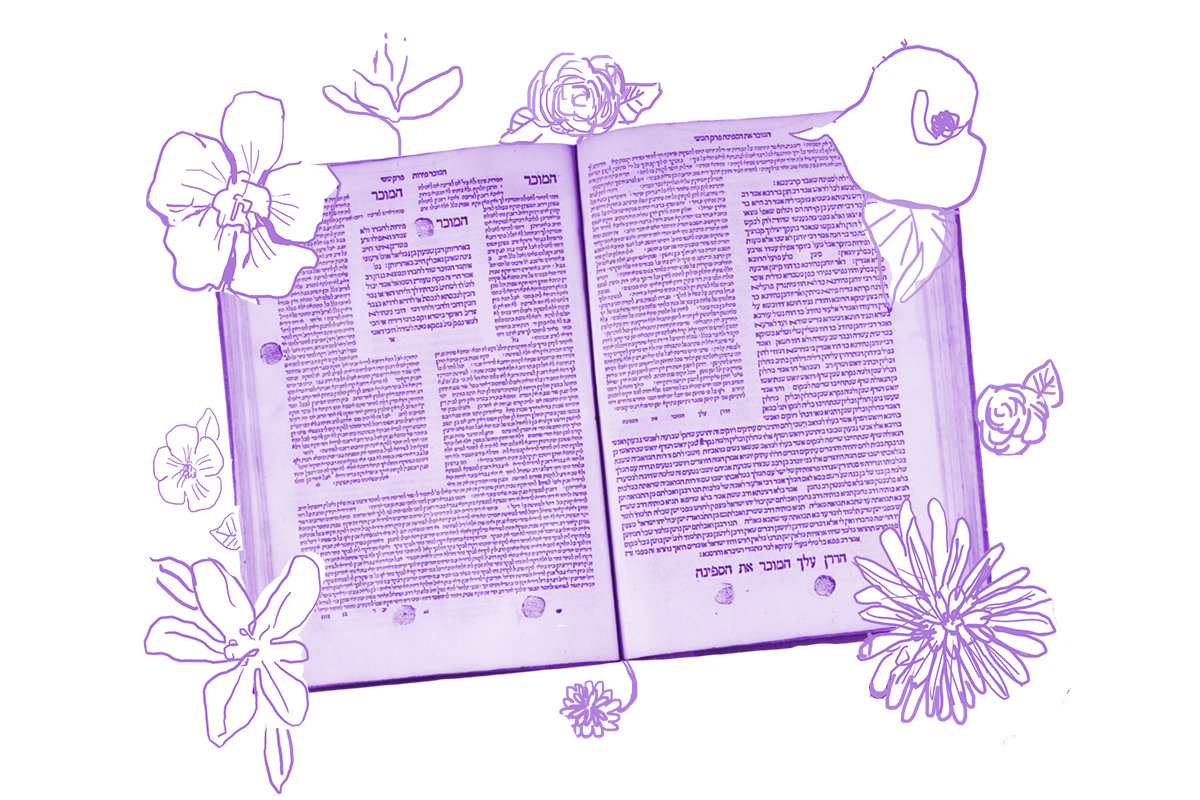The opening pages of Moed Katan discuss labor on the intermediate days of Passover and Sukkot. These days, known as hol hamoed, are still part of the holiday and are thus considered sacred occasions. But they are not yom tov, as the first and last days of the holidays are known and which are more akin to Shabbat in the extent of their restrictions on work. As a result, the rabbis allow some work to be performed on hol hamoed — but not too much.
On today’s daf, the Gemara inquires into the particulars of a rule we encountered in the opening mishnah of the tractate that permits the repair of a damaged water channel on hol hamoed.
Rabbi Abba said that if it was now a handbreadth deep, he sets it at six handbreadths.
Rabbi Abba sets the standard for what is allowed. If sediment has restricted the flow of a water channel and reduced its depth to one handbreadth, it is permissible to dredge the channel to restore its flow to its original depth of six handbreadths.
With your help, My Jewish Learning can provide endless opportunities for learning, connection and discovery.
The Gemara next wants to know if the 1:6 ratio between the restricted flow depth of the channel and the restored depth allows one to dredge to a depth of three handbreadths if the sediment restricts the flow to half a handbreadth? Alternatively, might it be possible to dredge to a depth of 12 handbreadths if sediment restricts the flow to 2 handbreadths?
In both cases, the Gemara says no. Dredging a water channel from a depth of half a handbreadth to three handbreadths does not provide enough benefit in terms of increased flow to justify labor on hol hamoed. And dredging to a depth of 12 handbreadths would be too much labor to be allowed.
Clearly, Rabbi Abba was not establishing 1:6 as a sacred ratio, but as a benchmark both for how much work is too much to be performed on hol hamoed and how much benefit must be gained to make the work worth performing. So if it’s not the ratio of 1:6 that must be maintained, might it be possible to clear a channel from two handbreadths to a depth of seven handbreadths?
On the one hand, responds the Gemara, if you can dredge a channel from one handbreadth to six, you should also be able to dredge from two handbreadths to seven, since both actions require an equivalent amount of labor. On the other hand, since dredging a channel to a depth of six handbreadths allowed for sufficient water flow, there’s no need to permit dredging to a depth of seven.
The Gemara declares teyku, which means it will leave the dilemma unresolved. This word, which appears throughout the Talmud to denote debates we cannot settle, could also be read to suggest that Rabbi Abba’s answer is lacking because it does not provide a clear answer to the question of how much work can be performed on hol hamoed.
So how else might we decide what is permitted? The Gemara turns to precedent, citing examples of rabbinical authorities permitting the removal of obstructions to the water supply during the intermediate days. Regarding one such allowance, Rav Ashi’s granting of permission to the people of Mata Mehasya (a town in Babylonia) to clean out the Burnitz River, the Gemara explains his rationale:
Since the public drinks from it, it is considered like a public need, and we learned in the mishnah that one may tend to all other public needs on the intermediate days of a festival.
Rabbi Abba’s position was theoretical, built upon a desire to balance need with the desire to restrict labor on a holiday. Implementing it requires calculations, and even then it does not always produce clear direction.
Rav Ashi’s approach is straightforward: Prioritize public need. If it’s broken and the public requires it, you can fix it on hol hamoed. No calculations required.
Read all of Moed Katan 4 on Sefaria.
This piece originally appeared in a My Jewish Learning Daf Yomi email newsletter sent on January 16th, 2022. If you are interested in receiving the newsletter, sign up here.



